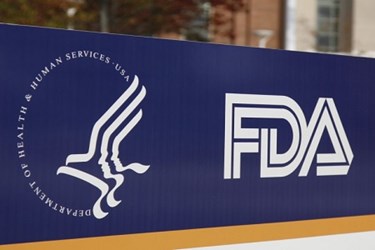Should FDA Regulate Medical Device Repair, Maintenance?

FDA has received testimony from several industry, hospital, and patient advocates who weighed in on the possible regulation of medical device maintenance. Though some argue that unregulated, third-party device repair can reduce waste and cut costs, OEMs — who would prefer to repair or replace equipment themselves — expressed concern that unregulated maintenance could compromise patient safety.
In March, FDA invited discussion from stakeholders about the potential risks associated with third-party device maintenance, repair, or refurbishment, including “ineffective recalls, disabled device safety features, and improper or unexpected device operation.” The docket was not intended to address reprocessing of single-use or reusable medical devices, which was covered in a guidance last year.
A public workshop hosted by FDA in October heard testimony from a variety of sources, including OEMs, independent service organizations (ISOs), healthcare technology management (HTM) professionals, engineers, and healthcare facilities. Stakeholders discussed the usefulness of quality management systems, training programs for service professionals, and availability of replacement parts.
ISOs currently represent a $50 billion market that has been quietly growing. According to hospitals and patient advocacy groups, third-party ISOs typically charge 30 to 50 percent less than OEMs for service and maintenance, and repairing small issues with equipment, rather than replacing units, can save hospitals thousands of dollars, reported The Detroit News.
“Manufacturer repairs are more costly and take longer because we either have to wait for a manufacturer service technician to arrive on site, or we need to send equipment out for repair,” Mark Geary, a spokesman from Beaumont Hospital in Detroit, told Detroit News. “In-house repairs allow us to bring the equipment back online sooner, which benefits our patients and our staff.”
Injuries associated with repaired equipment represent less than .005 percent of adverse events reported over the past 10 years, according to testimony from Mark Bruley, researcher from the ECRI Institute of Pennsylvania. Bruley testified that FDA should not “legislate from anecdote” and needlessly complicate a problem that “doesn’t exist.”
Tara Federici, VP of technology and regulatory affairs of the Advanced Medical Technology Association (AdvaMed), argued that devices are growing more complex every year. Also, FDA does not currently seek information about repairs or third-party service in equipment associated with adverse events, and numbers may be much higher than Bruley’s research suggests.
“The absence of information doesn’t mean there’s no harm being done,” said Federici during her testimony.
FDA recently launched a website that will allow the public to lodge complaints of regulatory misconduct against device manufacturers. A recent investigative report published by Star Tribune alleged that FDA adverse event reporting protocol was under-representing the number potential safety issues and members of the Senate called for greater transparency.
Earlier this month, FDA heard testimony regarding the promotion of medical devices for off-label indications, something that is already legally practiced by doctors and patient advocacy groups but is strictly forbidden for manufacturers. Industry representatives argued that they were in the best position to disperse information regarding their products, but regulators expressed concerned that looser regulation would disincentivize rigorous clinical study.
